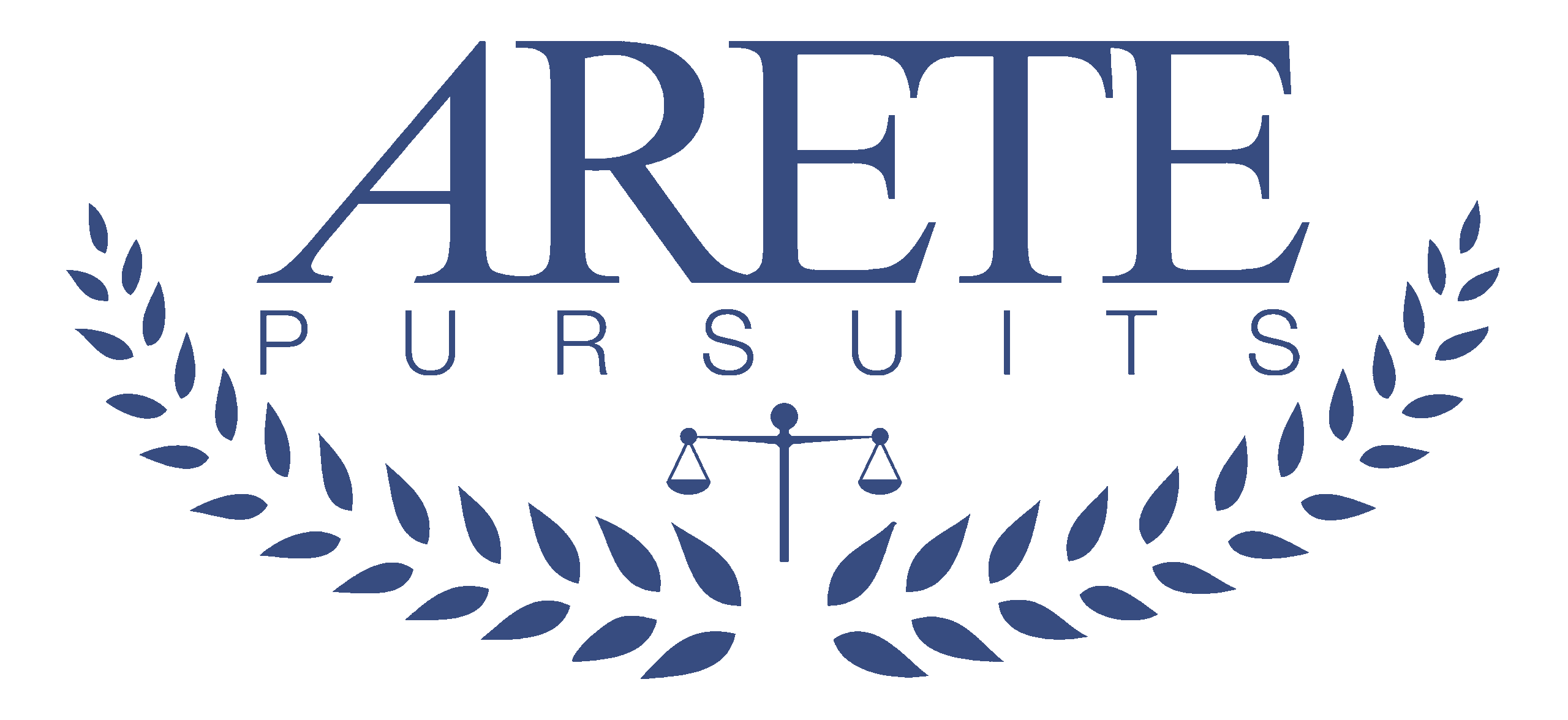If you are like me, the metaphor, “Think outside the box,” has lost its metaphor. When I hear the phrase, my brain doesn’t imagine a box, with me in it, stepping outside, or anything of the sort. It just automatically translates the phrase to “Be creative and innovative.”
It’s a shame because I find it a powerful metaphor that can serve us well as we move from tactical, operational thinking to more strategic thinking. I’ve seen a recurring theme in my recent coaching engagements. The leaders I’m working with often don’t even realize the box they’ve placed themselves in.
Constraint-Based Thinking
Recently, I was a thought partner for one of my clients as she brainstormed the strategy for her organization. As she walked through various ideas, I noticed a pattern. She frequently discounted ideas because of constraints that would stand in the way of success. As I pointed out this observation, she acknowledged and agreed that this was holding back her thinking. We dubbed this way of being Constraint-Based Thinking.
This constraint-based way of thinking is, inherently, thinking inside the box. There is a box of constraints in our world, and when we think inside the box, we leave all of those constraints firmly in place and only focus on ideas that work within those constraints.
Many of us learned to think this way early in our careers, when we didn’t have much autonomy. Perhaps we brought a big idea to our boss and were told it was silly, because we didn’t have the budget or resources to make it happen. We learned to focus on what we could do within constraints.
The challenge with this way of thinking is that there are hard, soft, and imaginary constraints. We may let a soft or imaginary constraint shoot down an excellent idea before it can be thoroughly evaluated.
Big-Picture Thinkers
If you are used to thinking practically and realistically, you may have an aversion to those leaders who are big-picture thinkers. I know I did. When I ran engineering teams, I often grew flustered with product management leaders who lived with their heads in the clouds, dreaming up lofty ideas that I felt had no chance of seeing the light of day. They tried my patience.
This bias against big-picture thinkers slowed the development of my strategic thinking muscles. I took pride in being a realist when we generated ideas. I didn’t want our organization to waste time on ideas that were flighty and unlikely to succeed.
Every once in a while, however, one of those ideas grew wings and flew. When one of those crazy, outlandish, unrealistic ideas proved successful, they typically moved our organization farther and faster than the inside-the-box ideas.
So gradually, I learned to give those big-picture thinkers some space to work their magic. I discovered the beauty of pairing a big-picture, strategic thinker with a leader gifted at execution. This is a true dynamic duo (if they don’t drive each other crazy).
Thinking Outside the Box
The next time you are tasked with generating creative, strategic, innovative ideas, I invite you to think about your metaphorical box first. What are the constraints you typically operate within? Are these hard, soft, or imaginary constraints? Be aware of the box. Honor it, as it serves you well. At the same time, open a door in that metaphorical box and permit yourself to step outside.
If a big-picture thinker is in your orbit, do your best to channel their energy. Go pie-in-the-sky. Brainstorm as many ambitious, outlandish ideas as you can. Set all your constraints aside – even the ones that feel hard and fixed.
When you dismiss an idea out of hand, ask yourself why. Note the constraint, but don’t throw out the idea. Think big. Open up new neural pathways. Let the ideas flow.
If this feels hard, I encourage you to find a thought partner. A big-picture thinker can be great. So can anyone who understands the constraints you are under, and can call out when you’re letting those constraints limit your thinking. This could be a coach, a mentor, a colleague, or a partner. Anyone you trust who can help you stretch and grow.
Embracing the Box
Once you’ve generated ample ideas, you will want to vet them. Now you can bring the box back into play. As you evaluate each idea, pay close attention to why you think it won’t work. Are you giving up too easily because you believe you face a hard and fast constraint?
Here is a pattern I’ve seen over and over again. A leader works for a company where budgets are tight. Perhaps they’ve operated this way for years. Over time, the leader grows jaded and doesn’t believe they will ever get budget approval to do anything significant. They exemplify “Do more with less.”
An unfortunate thing happens along the way. As these leaders do what they are asked to do, they get as operationally efficient as possible, and they are “team players” who don’t ask for resources they know they won’t get. To senior leadership, operational efficiency begins to be taken for granted. They begin to wonder why this leader never brings new ideas. The leader gets branded as tactical, incapable of strategic thought, and innovative ideas. This pattern is especially common when the leader gets a new boss, who doesn’t see constraints similarly and expects the leader to bring ambitious ideas.
The antidote is to tactfully put forth those big ideas, even if the constraints are standing in the way. The leader needs to demonstrate that they are thinking strategically. They are generating ideas and have a plan for success, but they need support from senior leadership to eliminate some of the constraints standing in their way.
In the best case, the constraints get knocked down and the big idea has space to breathe and flourish. Alternatively, the boss may become a thought partner to generate new ideas that achieve the same goal while navigating the constraints. Worst case, the leader demonstrates they are thinking strategically, and they’ve squeezed all the blood they can out of the turnip (now there’s a metaphor that hasn’t lost its metaphoric imagery for me).
Putting It Into Practice
Pay attention to when your thinking is stuck inside a box:
- Identify the hard, soft, and imaginary constraints that define your box.
- Recognize the value of big-picture thinkers and use them as role models to stretch your thinking.
- Eliminate constraint-based thinking while you generate ideas. The more outlandish, the better.
- Engage a thought partner to help you think outside the box.
- When evaluating your ideas, be mindful of constraint-based thinking as you rule them out.
- Put forth good ideas even if you believe the current constraints hinder their success.
Walkabout Corner
I write to you this week from Santa Fe, where I will spend the next three months. Walkabout Corner may take a break – we will see how the time unfolds.
I have a strong sense that Santa Fe is my future home, and yet, the Universe has made it clear it’s premature to make that decision. It’s as if I were given a complex math problem, and I wrote down the answer and turned it in, only to have the teacher return it to me saying, “This may be the right answer, but you didn’t show your work.” These next three months are about showing my work. We’re off to a good start.
I am an executive coach and life coach with software executive roots in higher education and EdTech. I coach because I love to help others accelerate their growth as leaders and humans. I frequently write about #management, #leadership, #coaching, #neuroscience, and #arete. For an AI-powered search of the blog archives, please visit The Aretist.
If you would like to learn more, schedule time with me.
Want to comment? Join the conversation on LinkedIn.

